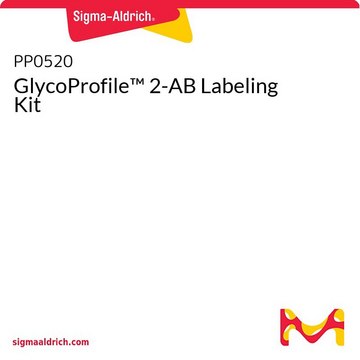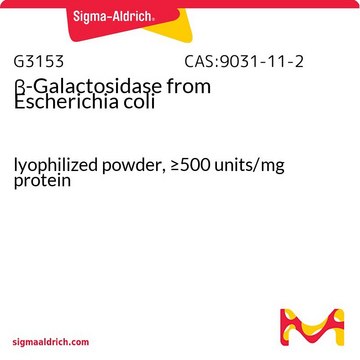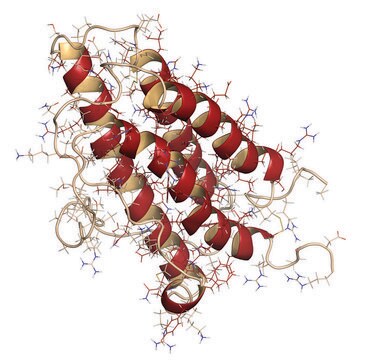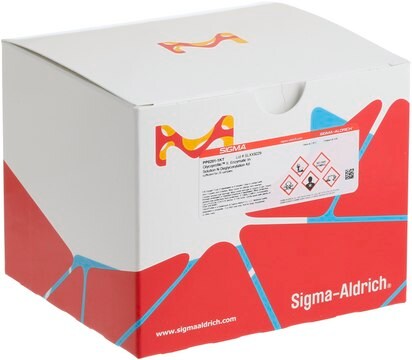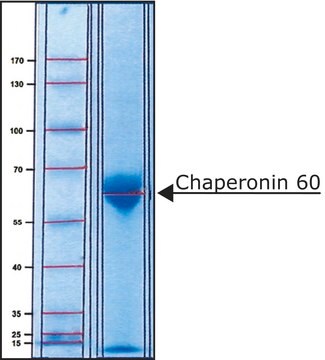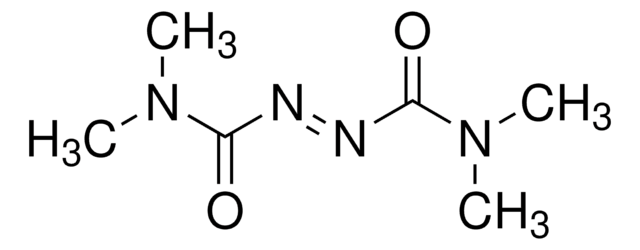PP0540
GlycoProfile™ β-Elimination Kit
Sufficient for 24 samples
Synonym(s):
β-Elimination Glycan Kit, Glycan Removal Kit
About This Item
Recommended Products
Application
Quantity
Legal Information
Kit Components Only
- Sodium hydroxide solution, 5.0 M 60 μL
- Microcon centrifugal filter unit, YM-10 membrane, NMWCO 10 kDa 24 ea
Signal Word
Danger
Hazard Statements
Precautionary Statements
Hazard Classifications
Eye Dam. 1 - Flam. Liq. 3 - Met. Corr. 1 - Skin Corr. 1A
Storage Class Code
3 - Flammable liquids
Flash Point(F)
82.0 °F - closed cup
Flash Point(C)
27.79 °C - closed cup
Certificates of Analysis (COA)
Search for Certificates of Analysis (COA) by entering the products Lot/Batch Number. Lot and Batch Numbers can be found on a product’s label following the words ‘Lot’ or ‘Batch’.
Already Own This Product?
Find documentation for the products that you have recently purchased in the Document Library.
Customers Also Viewed
Articles
Our's GlycoProfile Beta-Elimination Kit allows researchers to perform complete glycoproteomics research by preserving both the O-glycans and protein, specifically remove o-glycans, label o-glycans prior to analysis, have confidence in uniformity of procedure. While it is known that O-glycosylation plays a major role in regulatory biology (as evident with studies around O-GlcNac and RNAi knockdowns of glycosyltransferases) the development of methods for the study of O-glycosylation is under represented compared to N-glycosylation. The under representation is primarily due to the difficulty in removing O-glycans while keeping both the protein and glycans intact. In contrast to N-glycosylation, there is no single enzyme capable of complete O-deglycosylation, so chemical methods must be employed.
Our team of scientists has experience in all areas of research including Life Science, Material Science, Chemical Synthesis, Chromatography, Analytical and many others.
Contact Technical Service


